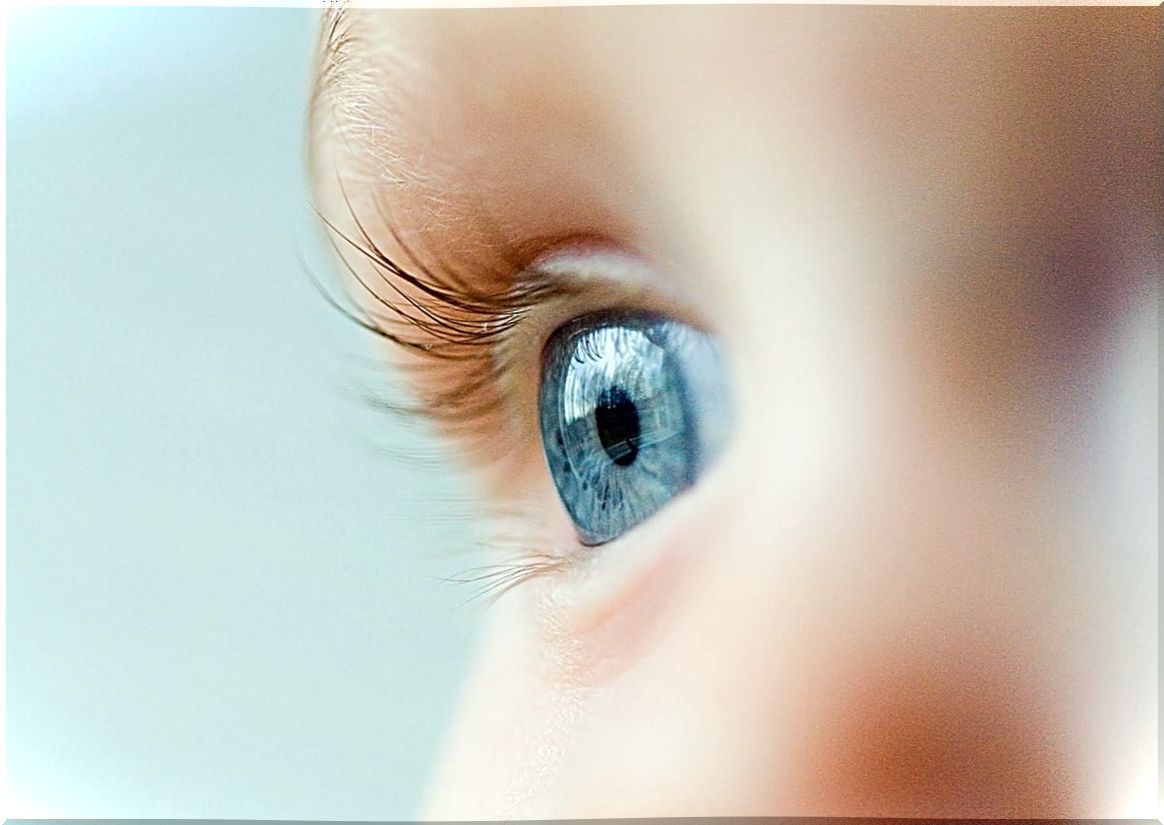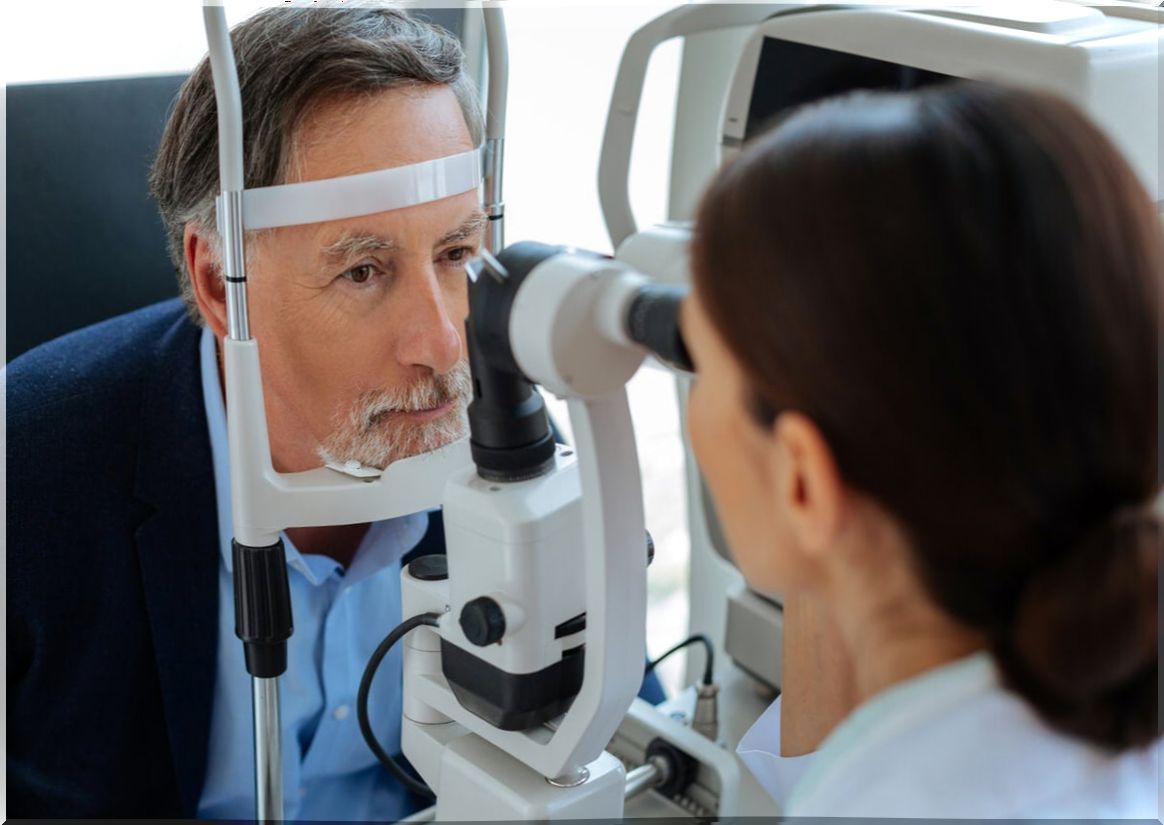What Is Nystagmus Or Involuntary Eye Movement?
Nystagmus is rapid, uncontrollable movement of the eyes. This can be congenital or acquired and various studies indicate that the prevalence of this pathology in children is 1 in every 1000 or 1 in every 6000 infants.
It also has a certain correlation with visual weakness, since the same study estimates that 6 to 10% of childhood cases are related to manifestations of blindness. Adults can also suffer from it and it is not just a pediatric pathology.
Despite the rarity of its presentation, knowing its symptoms, causes and types can greatly improve the quality of life of the patient who suffers from it. Therefore, in this space we tell you everything you need to know about nystagmus or involuntary eye movement.
About nystagmus and its types
Before diving into the clinical picture of this pathology, it is very important to emphasize that there are two main variants. According to the American Academy of Ophthalmology, they are the congenital and the acquired form.
Congenital nystagmus
This type of nystagmus begins in babies, usually between three weeks and six months of age. According to the study we cited at the beginning, in which 63 children with this condition were monitored, the results were as follows:
- 54% of the patients with this disease had ocular alterations, which is classified as sensory nystagmus. This can be, for example, caused by diseases of the retina or congenital cataracts.
- 16% of the children showed a variety not related to the malfunctioning of the eyes, which is known as congenital motor nystagmus.
- Three patients, 5%, had neurological nystagmus, linked to pathologies in the nervous system, such as tumors or sclerosis.
As we can see, the types of this disease depend on its underlying causes. However, those we name are not the only ones, since there are many more, such as nystagmus block syndrome, alternating periodic or latent nystagmus.

Acquired nystagmus
When this pathology manifests itself later in the person’s life, we are faced with an acquired nystagmus. Various studies indicate that this condition is related to serious medical disorders. As with the congenital variant, it is a type that diversifies into many subgroups. Here are some examples:
- Nutating spasm: of small amplitude and high frequency, that is, the symptom is not so evident, but it is repeated a lot. It can be due to conditions such as a glioma (brain and spinal cord tumor).
- Seesaw nystagmus: contrary pendular movements in each eye. It is caused by brain tumors.
- Monocular: slow and irregular pendular oscillatory movement. It is of small amplitude.
These are examples that show that this pathology is categorized, in a very specific way, according to the types of eye movements and their speed. According to the American Academy of Ophthalmology, acquired nystagmus also appears to be related to drug and alcohol use.
Medical Considerations for Involuntary Eye Movement
As we have seen, this disease is based on uncontrollable and involuntary movements of the eyes. In addition, its causes can be neurological, idiopathic (of unknown origin) or congenital. Despite its wide range of research, the origins are not fully known.
Symptoms
Research with patients shows the typical symptoms of involuntary eye movement:
- Loss of visual acuity.
- Oscillopsia: false perception that the world is in motion when it is not.
- Difficulty maintaining postural balance.
- Loss of visual contrast.
- Difficulty distinguishing objects in the middle.
Causes
According to the Pro Visu Foundation (Swiss public body for the prevention of eye diseases), nystagmus can have various causes. These are some of them:
- In young people, one way to acquire this pathology is after a head injury as a result of a car accident.
- In older adults, involuntary eye movement can be a sign of a cerebrovascular accident (blockage of the blood vessels in the brain).
- Alcohol or drug poisoning, such as phenytoin, can cause inner ear disorders, leading to acquired nystagmus. Several studies have explored this possible relationship between eye movement and drug intoxication, but the results are not entirely enlightening.
- Brain tumors and multiple sclerosis are also causes of the disease.
Despite all these data, the root causes of involuntary eye movement remain of unknown origin in many of the cases. This is due to the multiple types mentioned above and that a large number of underlying pathologies can lead to nystagmus.

Nystagmus: what to remember?
Although the congenital variant seems to improve with age, it is necessary to point out that nystagmus does not have a definitive cure. Some research includes the improvement of the quality of life of certain patients with surgical procedures and even medications.
Topical brinzolamide has been used with relative success. In any case, these treatments must be taken with reservations, since the differences between patients are not entirely significant.
In short, we are facing a very complex pathology to understand, due to its types, possible origins and open fronts not yet resolved. Fortunately, it is a low incidence disorder.









